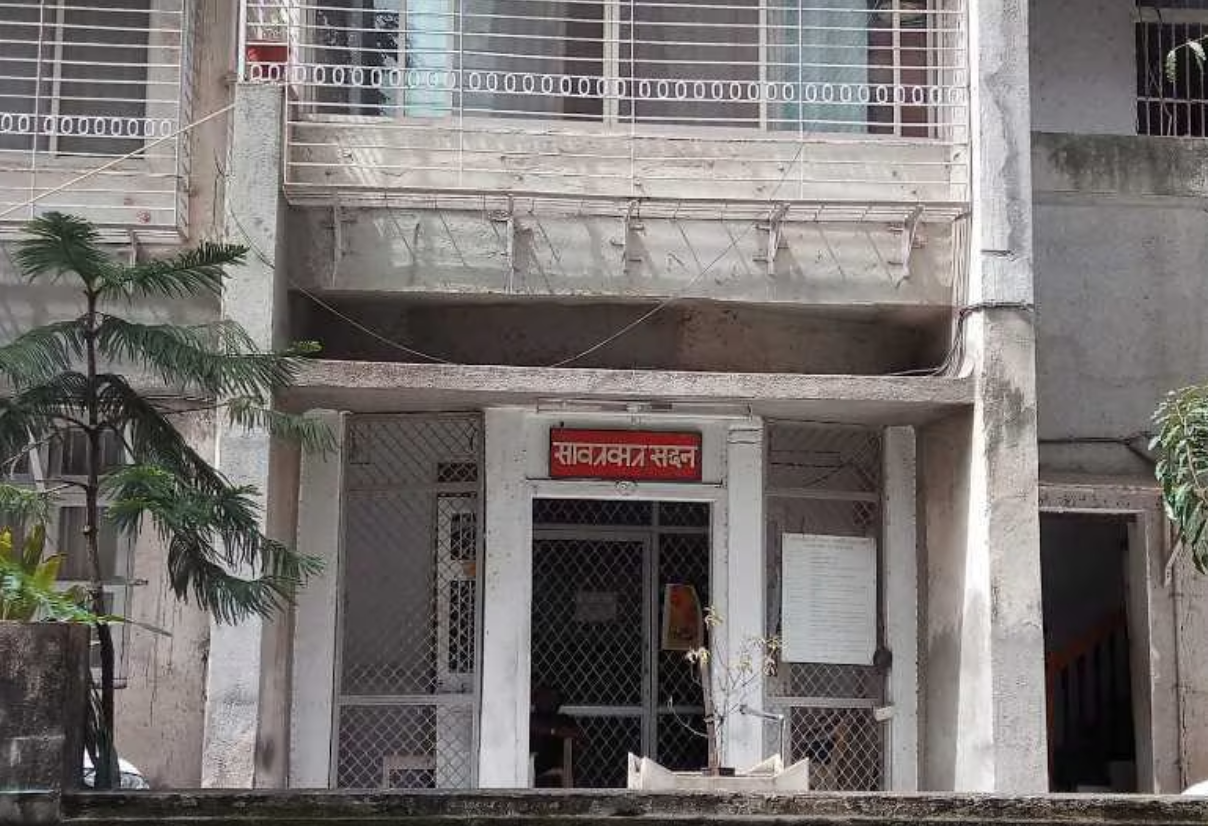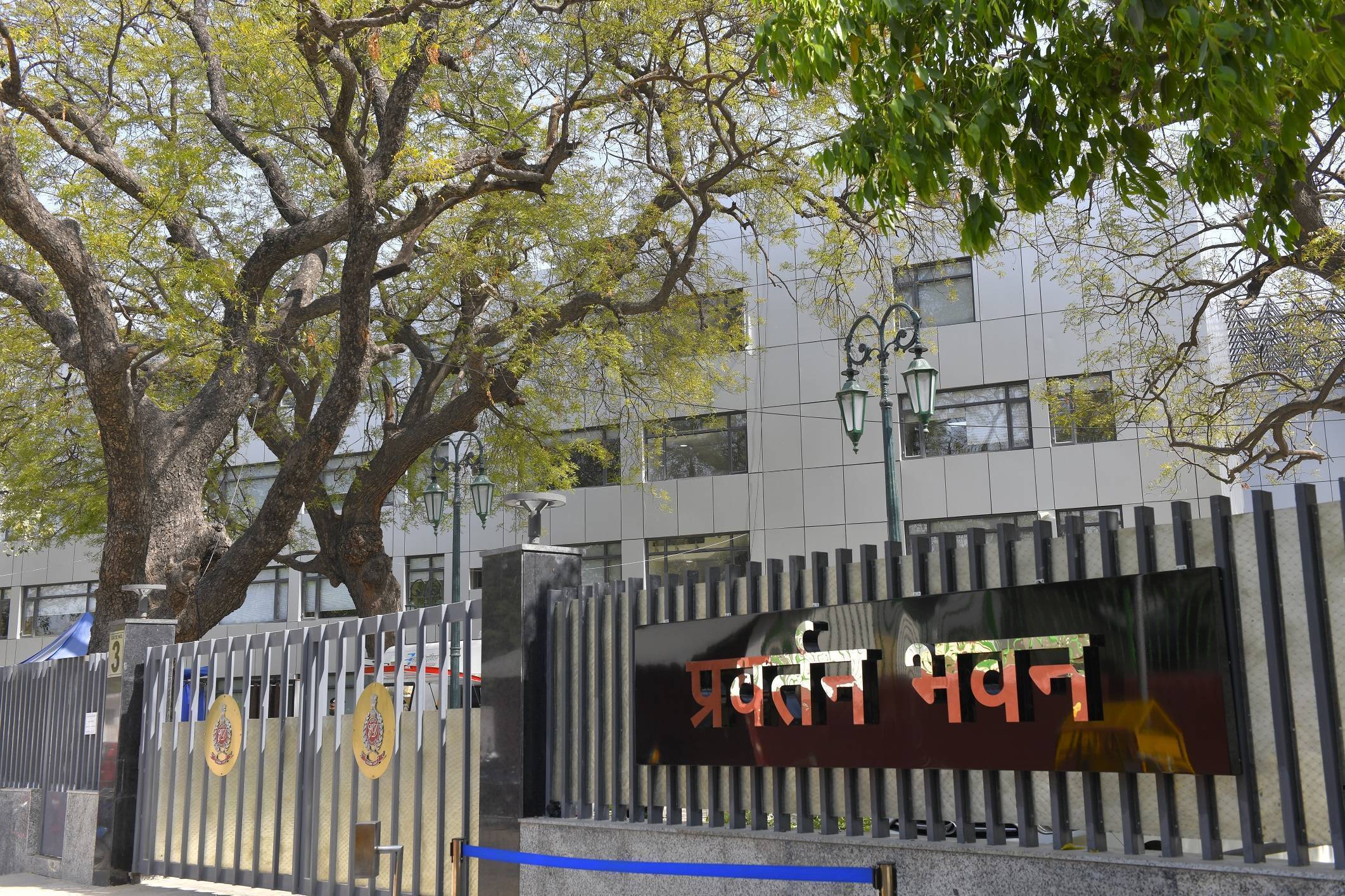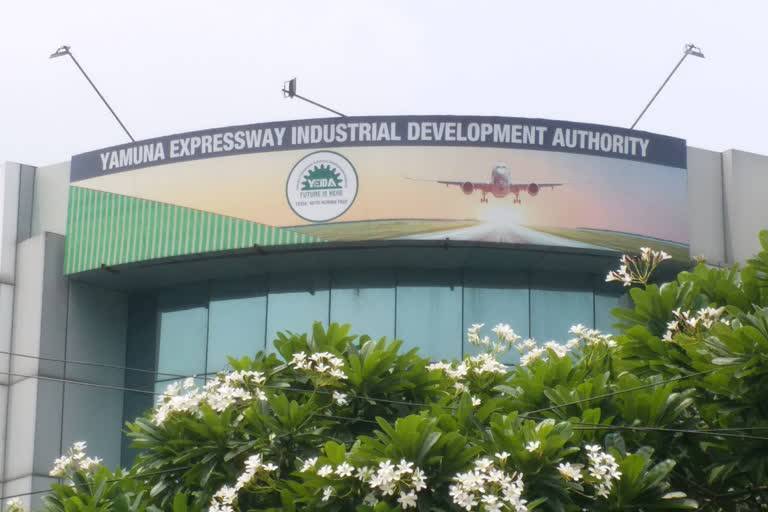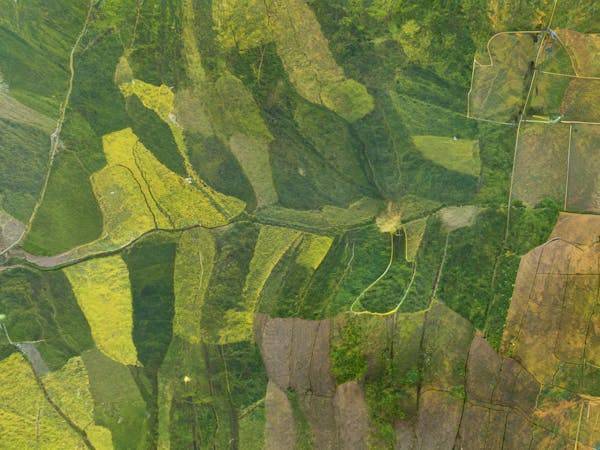Mumbai’s iconic Savarkar Sadan the former residence of Hindutva ideologue Vinayak Damodar Savarkar may soon be demolished to make way for a modern structure, sparking controversy and emotional reactions from both residents and Savarkar’s followers. Sources have confirmed that many residents of the building have agreed to its redevelopment, with some already having sold their shares to a private developer.
Located in the Shivaji Park area of Dadar, Savarkar Sadan was originally built as a two-storey bungalow in 1938 on a 405 square metre plot. It holds immense historical significance, having hosted landmark meetings involving figures such as Subhas Chandra Bose in 1940 and Nathuram Godse and Narayan Apte in 1948, prior to Mahatma Gandhi’s assassination. The structure has been a key part of India's political and cultural legacy, with Savarkar’s descendants residing in it even after his death in 1966.
Over the years, the building underwent structural changes with three additional floors added during the 1980s and early 1990s under the Transferable Development Rights (TDR) scheme. The ownership of the building is currently fragmented. Apart from Savarkar’s family members like Sundar Vishwas Savarkar, his 93-year-old daughter-in-law, other owners include the Kambe family and Pravin Shah, among others. The Swatantryaveer Savarkar Rashtriya Smarak Trust owns only a single room on the ground floor, which houses memorabilia in a small museum dedicated to Savarkar.
While the building’s exterior may appear intact, residents have described its internal condition as deteriorating, with issues like water seepage and structural instability becoming common. This, they claim, justifies the need for redevelopment. According to redevelopment rules, 51% consent from residents is required to initiate such a project, and reports suggest that all co-owners, except the trust, have either signed or are in the process of signing agreements with a builder.
However, the proposed redevelopment has triggered objections from several Savarkar admirers, who argue that the structure’s historical importance should not be erased. Some have approached courts and government authorities, seeking that Savarkar Sadan be declared a heritage structure or even a "monument of national importance." Prof Pankaj Phadnis, a Savarkar supporter and former resident, criticized the government for inaction and urged immediate heritage recognition for the building.
In 2008, a Public Interest Litigation (PIL) was filed in the Bombay High Court to secure heritage status for the bungalow. Following this, the Mumbai Heritage Conservation Committee under the BMC recommended in January 2009 that the building be classified as a "Grade II A" heritage site a tag that offers protection to structures with regional historical or architectural value. While such classification permits internal modifications and adaptive reuse under scrutiny, it prohibits external alterations. Despite this recommendation and subsequent backing from BJP leader Nitin Gadkari, the final approval from the state’s urban development department has been pending since 2011.
Ironically, the BJP which often hails Savarkar as a national icon has held power in Maharashtra for multiple terms since 2014 but has not acted upon the heritage proposal. Critics see this as political apathy or conflict of interest, especially since the developer involved is reportedly close to a Marathi-political family.
Trust officials acknowledged discussions about the redevelopment in their December 2024 annual general meeting and confirmed that they are negotiating for a larger museum space in the new structure, requesting that the mezzanine floor retain the name "Savarkar Sadan." However, some trustees, including Ranjit Savarkar, denied awareness of any such plan, indicating internal differences.
Complicating matters further, two adjacent plots including one that once housed legendary vocalist Pandit Jitendra Abhisheki may also be amalgamated into the redevelopment project, raising concerns over broader historical erasure.
Phadnis emphasized the need to strike a balance, urging the government to fairly compensate current owners and preserve the property in accordance with Savarkar’s legacy. His think tank, Abhinav Bharat Congress, has also filed a petition in the Delhi High Court seeking changes in the rules governing national monuments. As current guidelines stipulate that a structure must be at least 100 years old to qualify, Savarkar Sadan constructed in 1938 would not meet the requirement until 2038. Activists are therefore calling for a policy change that allows exceptions for historically significant sites at risk of vanishing.
As the future of Savarkar Sadan hangs in the balance, the debate reflects broader tensions between urban development and cultural preservation in rapidly evolving cities like Mumbai.
Image source: Justdial









.png)